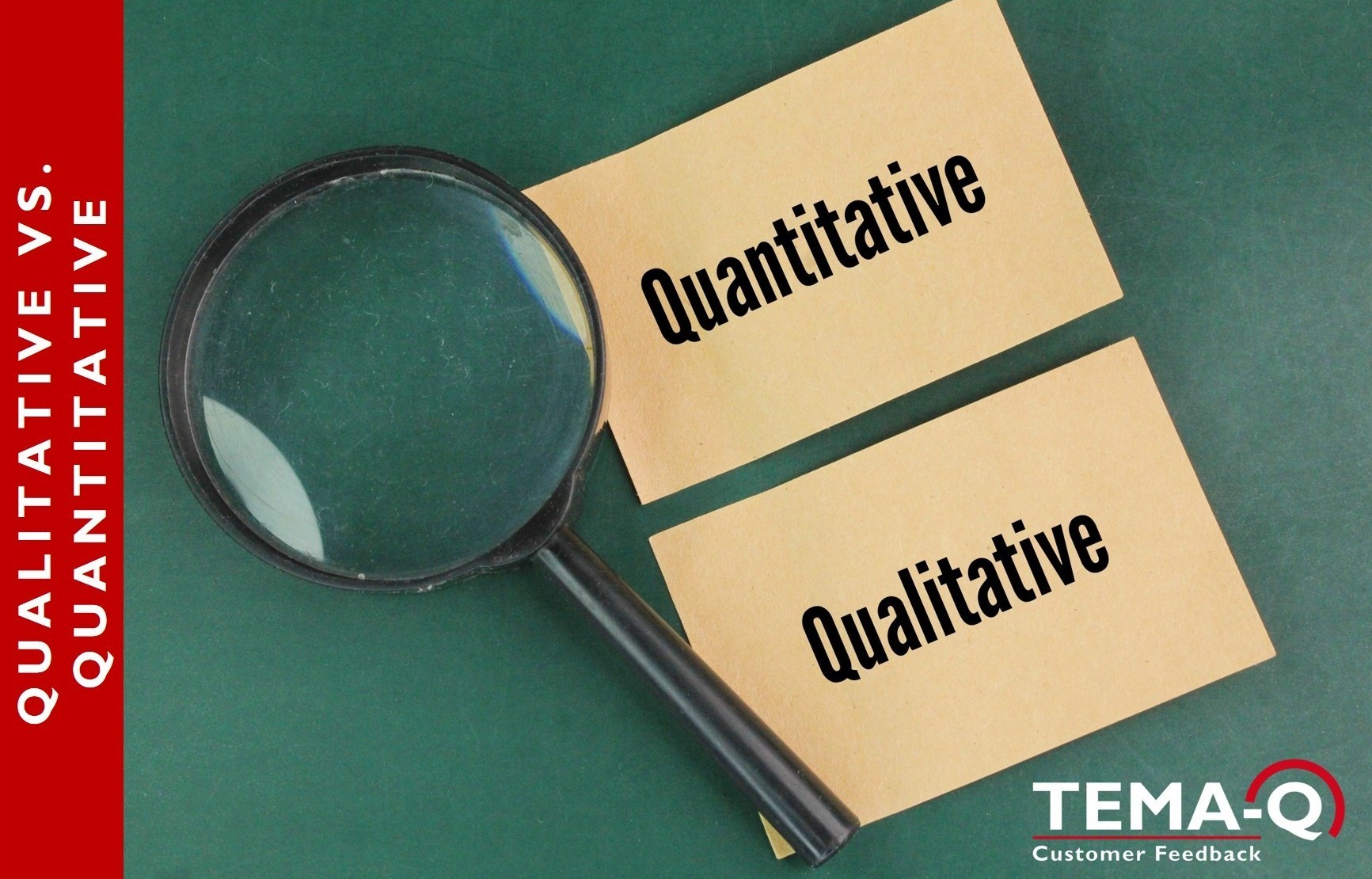Qualitative vs. quantitative market research – Which method delivers the better CX insights?
Choosing the right research method is a key challenge in market research – especially in the area of customer experience (CX). While qualitative methods provide deeper insights into customer needs and expectations, quantitative methods deliver reliable, scalable data. But which method is the right one?
Qualitative methods – understanding what moves customers
Approaches such as in-depth interviews, focus groups or ethnographic studies enable a better understanding of motives, attitudes and decision-making processes. They are particularly valuable in exploratory research, for example when new touchpoints in the customer journey are to be identified.
The disadvantage of these methods? The results are not representative and are interpretation-dependent. They also require a great deal of analysis.
Quantitative methods – measuring what customers do
Standardized surveys or experimental designs provide statistically reliable data that can be used to analyze customer segments or identify trends. Companies benefit from the objectivity and scalability of quantitative research – especially when it comes to measuring the success of CX measures.
The disadvantage of these methods? Quantitative data shows the “what,” but often not the “why.” To gain deeper insights, supplementary qualitative analyses are required.
The optimal approach: combining methods in a meaningful way
In practice, it has been shown that an isolated view is rarely sufficient. Mixed-methods approaches, which combine qualitative and quantitative methods, offer a more comprehensive view of the customer experience. Qualitative research can help develop hypotheses that are then quantitatively validated – or vice versa.
TEMA-Q – This is how we do it
At TEMA-Q, standardized interviews are usually used to obtain quantitative data as a result. To get the most in-depth answers possible, which can also be evaluated qualitatively, we often work with the recording of original customer statements, the so-called Voice of Customer. A subsequent transcription and coding enables the quantitative processing and evaluation of the collected data, but it is always possible to trace it back to the customer statement in the original wording. The loss of information is thus reduced to a minimum.
Take a look at our LinkedIn profile at https://www.linkedin.com/company/tema-q/ to gain exciting insights into the world of customer and employee experience in the future.
If you have any questions about these or other topics, or would like a live demo version of ClaralytiX via video conference, click here to make an appointment or contact us.
Kelle, Mixed Methods, 2022
Alexander et al., Researching Social Life, 2016

